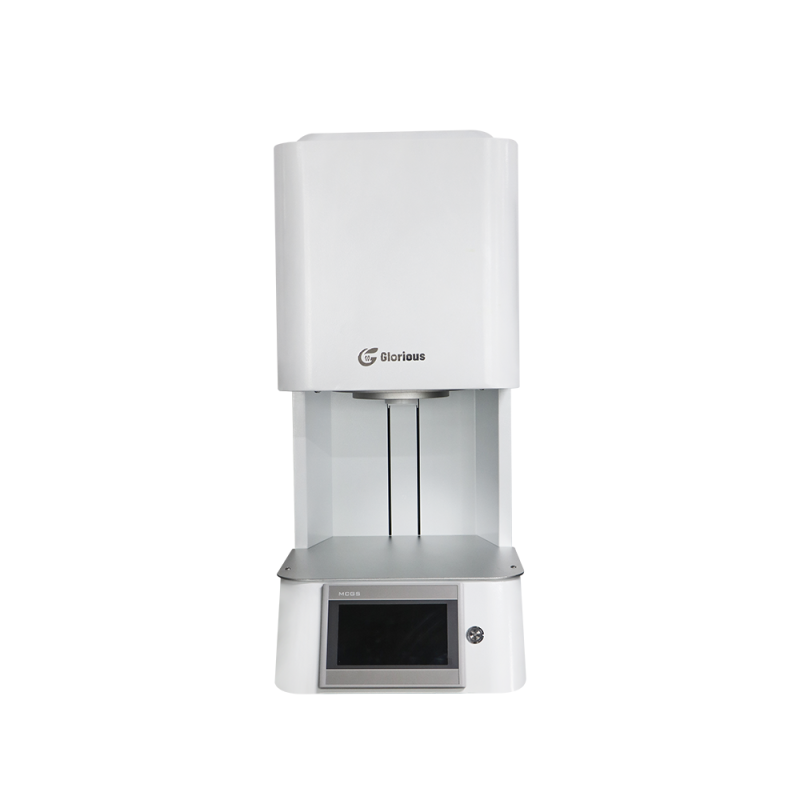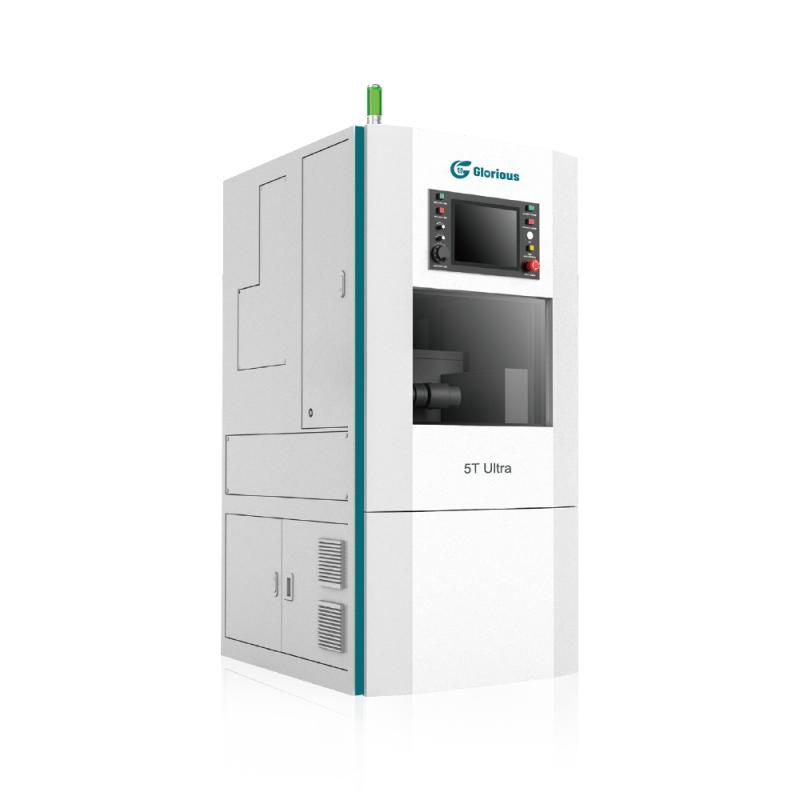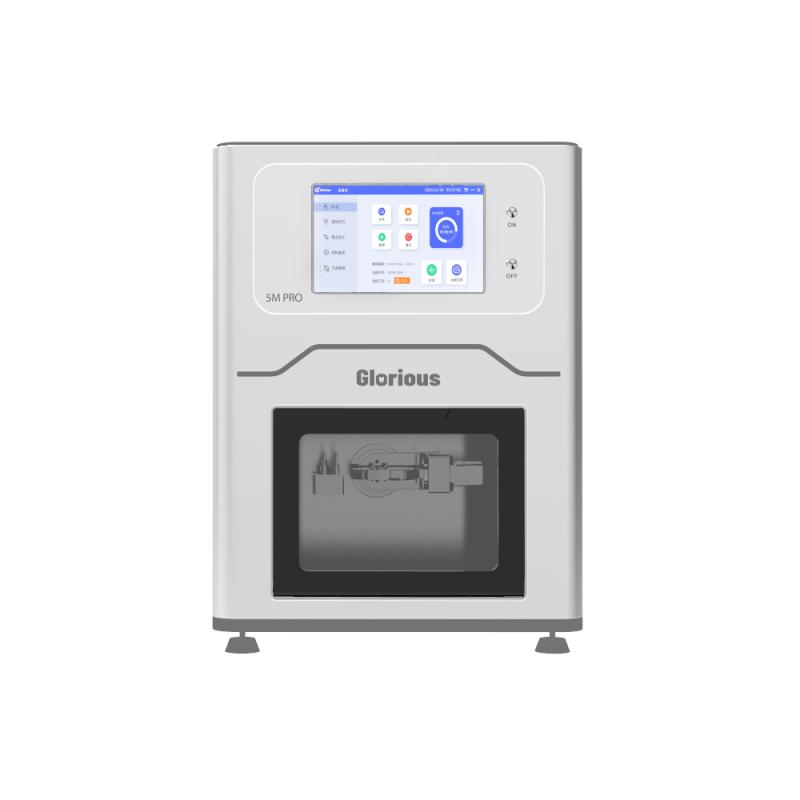Dental Printing —— From Digitalization To Personalization
In the field of modern dentistry, an impressive technology is changing our understanding of oral restoration - dental printing. It not only makes dental restoration more efficient and accurate, but also brings patients an unprecedented personalized experience. Today, let us unveil the mystery of dental printing and see how it can bring revolutionary changes to your oral health.
What is dental printing?
Dental printing, also known as the application of 3D printing technology in the field of dentistry, is a high-tech means of manufacturing dental restorations using digital models and printing equipment. Through computer-aided design (CAD) and computer-aided manufacturing (CAM) technology, doctors can design personalized crowns, bridges, dentures, appliances and other restorations based on the patient's oral scan data, and then accurately manufacture them through 3D printers.
Advantages of dental printing
(I) High personalization
Everyone's oral structure is unique, and traditional restorations often require multiple adjustments to achieve the best effect. Dental printing technology can accurately manufacture restorations that fit the patient's mouth based on the patient's oral scan data, without repeated trial wear and adjustment, which greatly improves the patient's comfort and satisfaction.
(ii) Efficient and fast
The production of traditional restorations requires multiple steps, including impression taking, model making, manual carving, etc., which usually takes several days or even weeks. Dental printing technology greatly shortens this process. From scanning to printing, the entire process can be completed within one day, and in some cases, patients can complete the installation of the restoration in one visit, which greatly saves time and energy.
(iii) Accurate and accurate
Dental printing technology uses high-precision 3D printers to manufacture restorations with micron-level accuracy. This means that the edges of the restorations are more fitted and the occlusion is more accurate, reducing oral problems caused by inappropriate restorations, such as gingivitis and chewing discomfort.
(iv) Beautiful and natural
Dental printing can use a variety of materials, including resin materials and ceramic materials that are close to the color of natural teeth. These materials are not only beautiful and natural, but also have good biocompatibility and will not irritate oral tissues.


